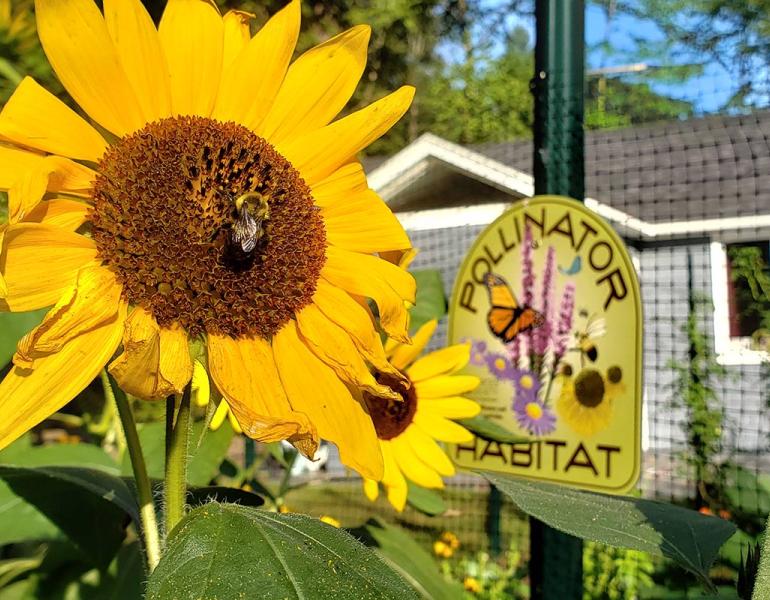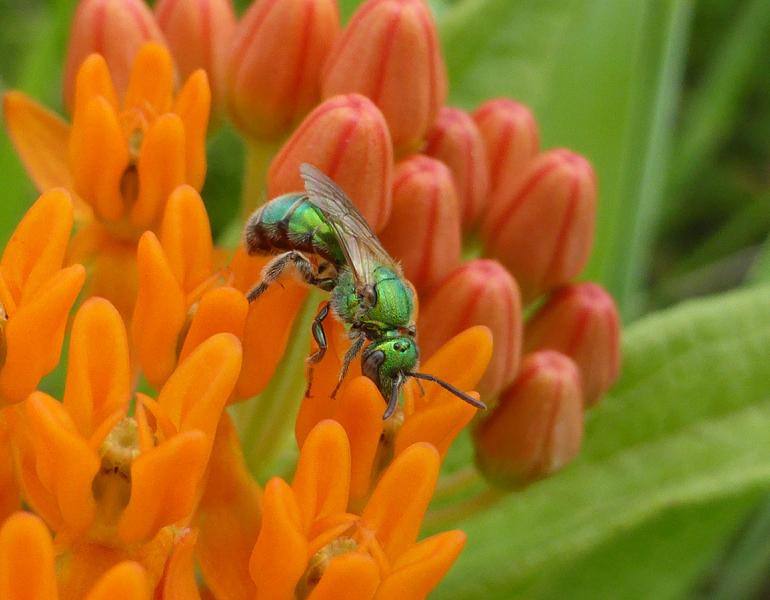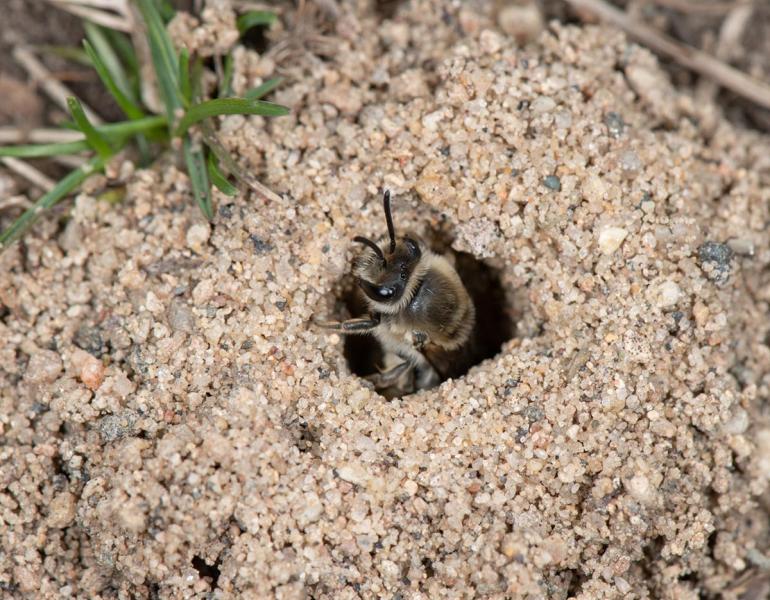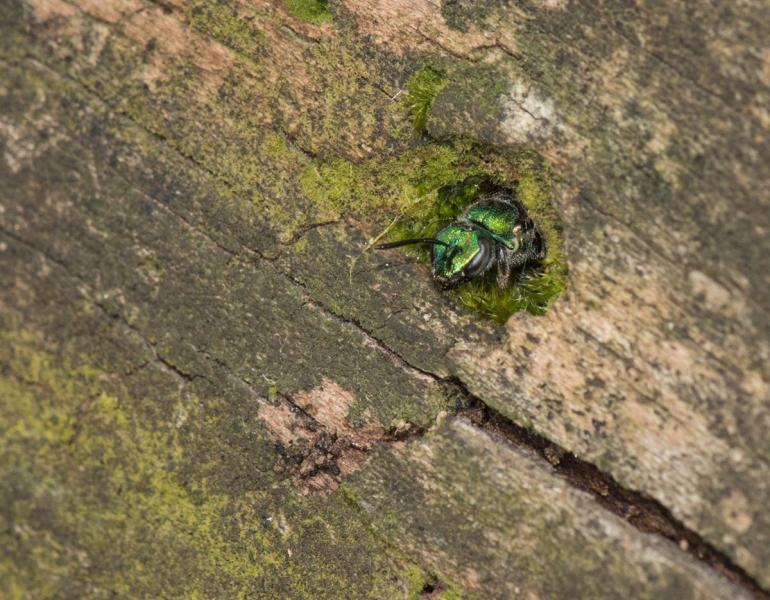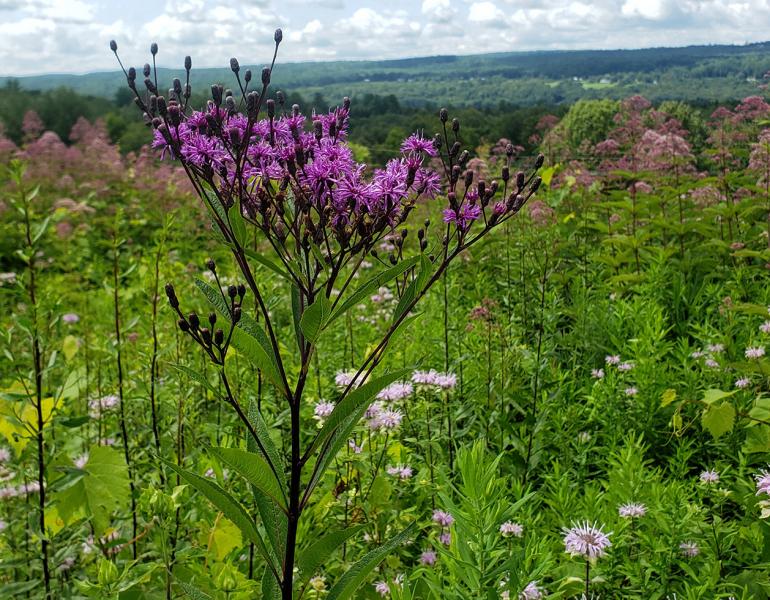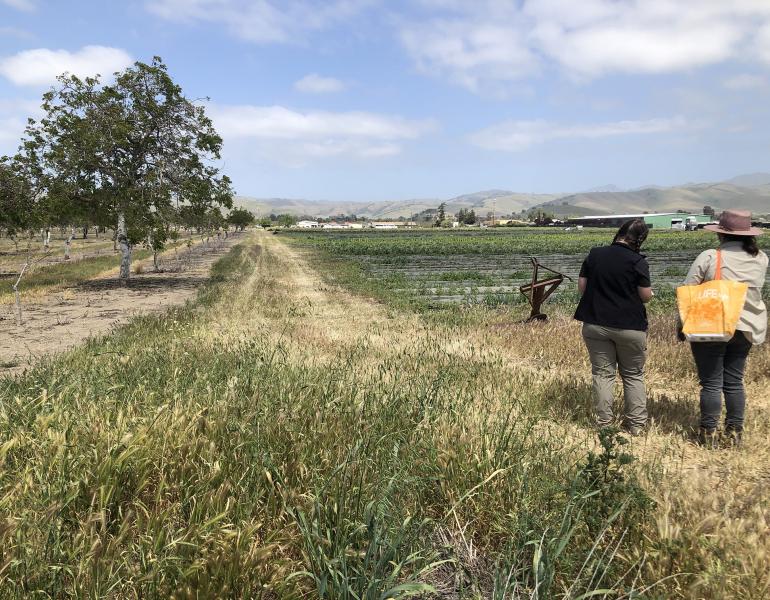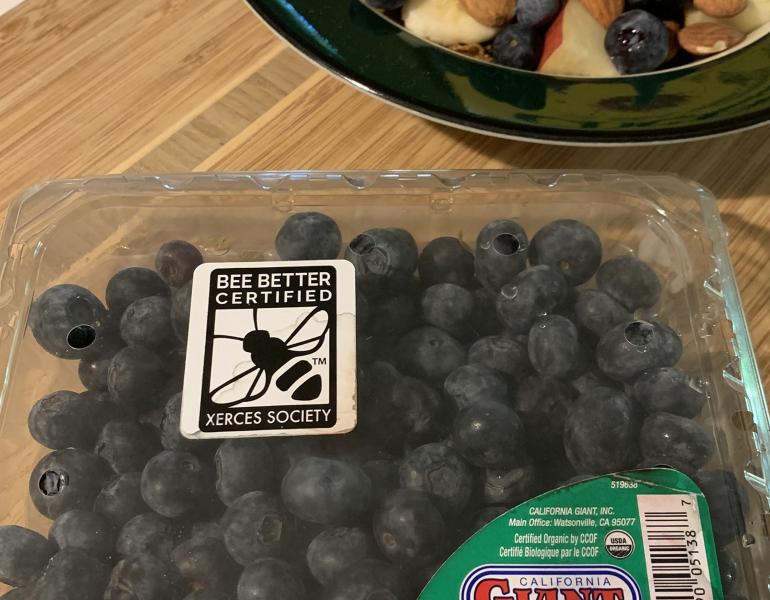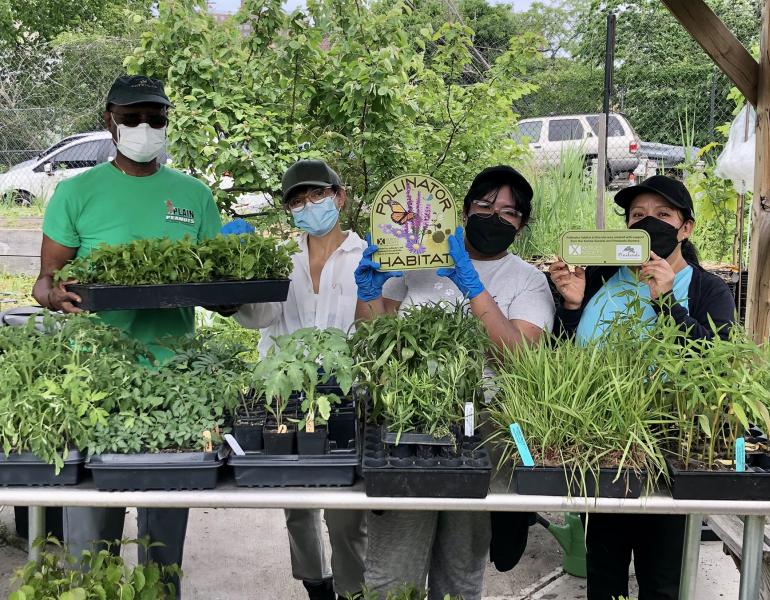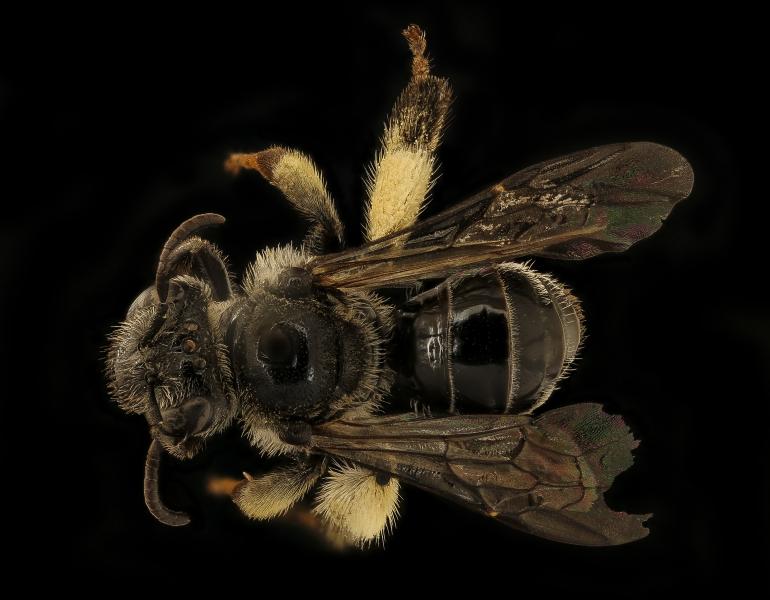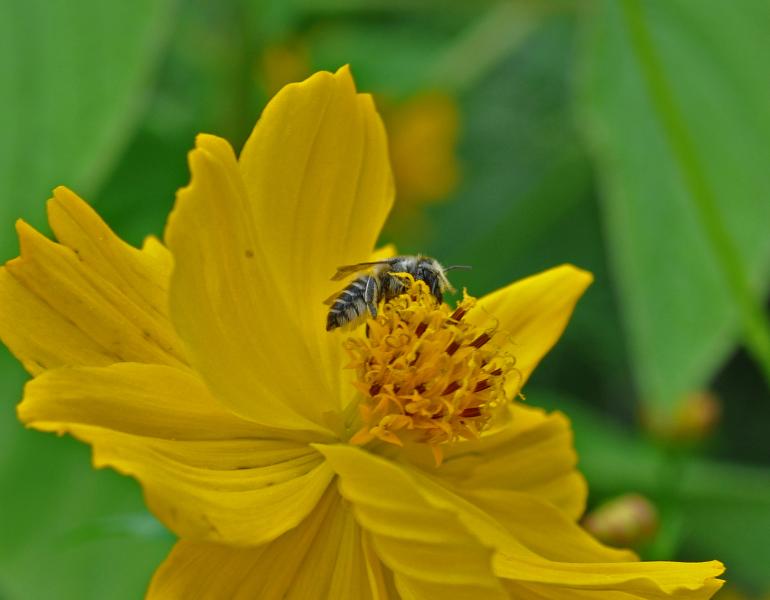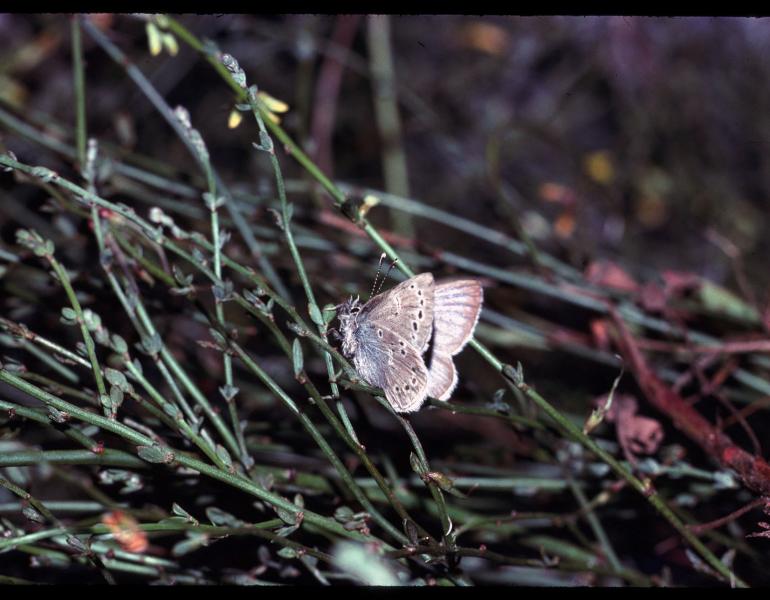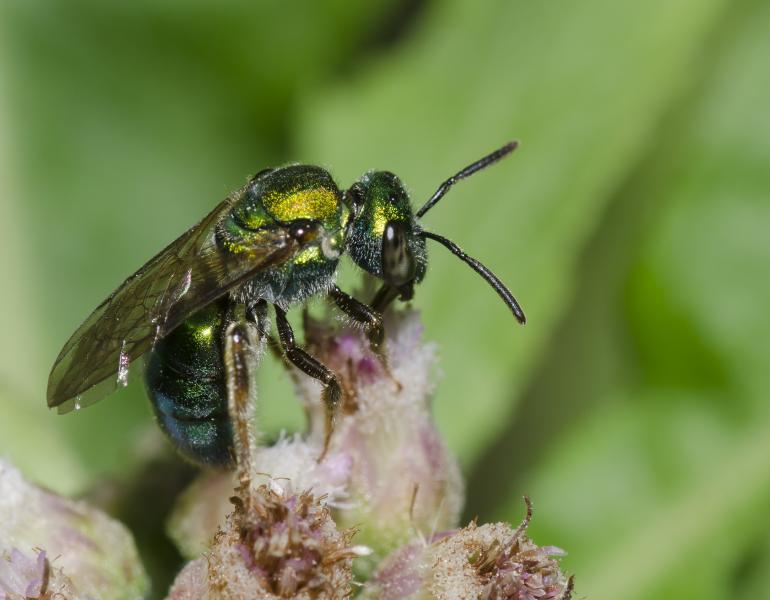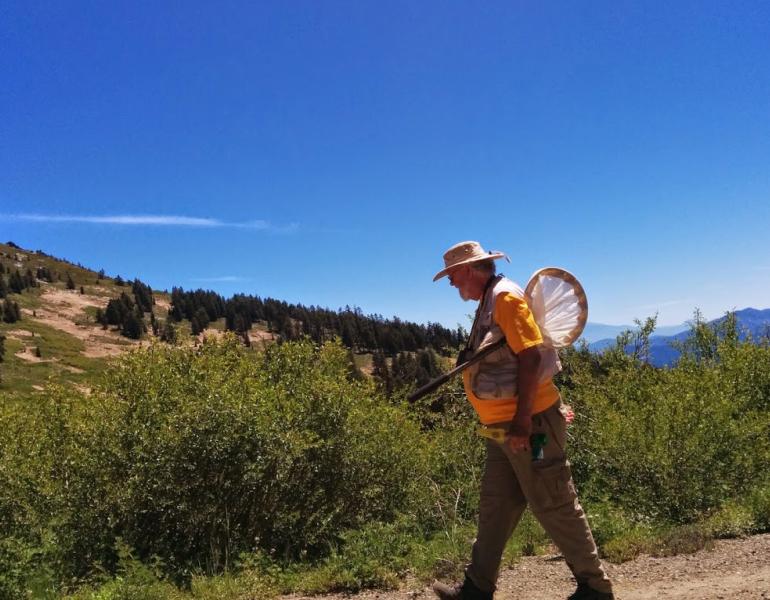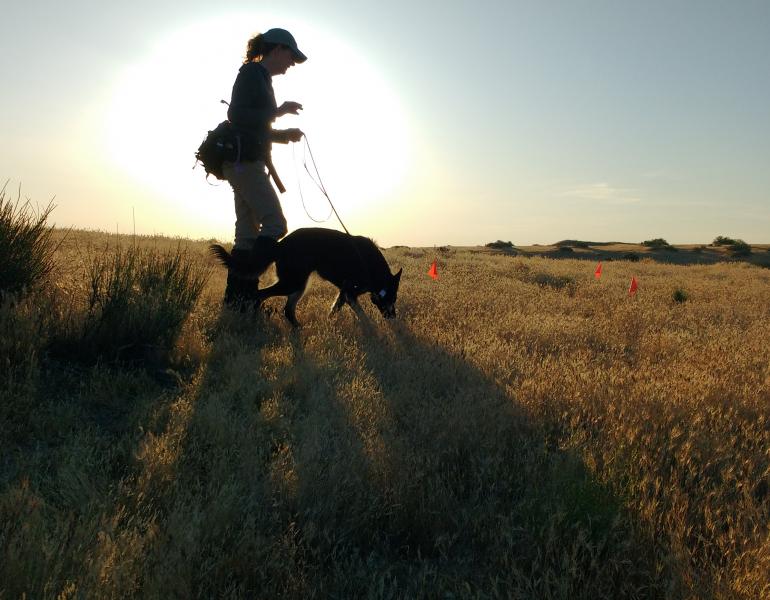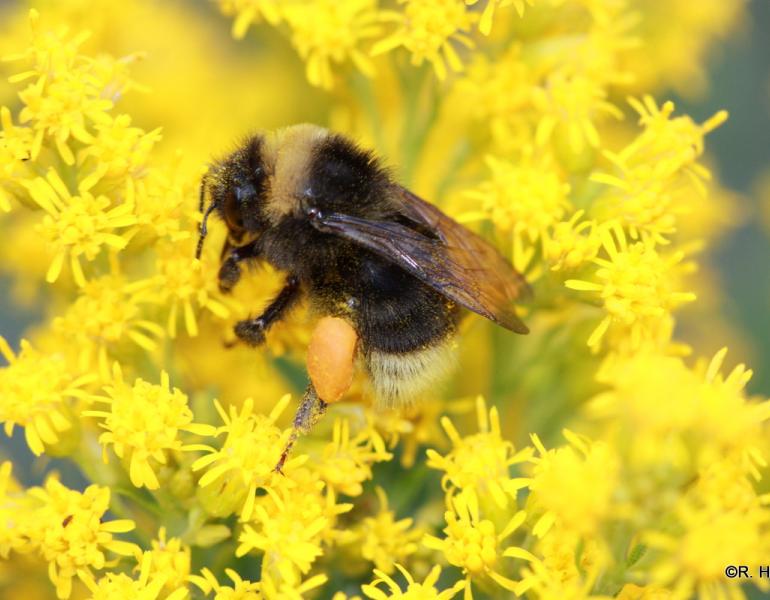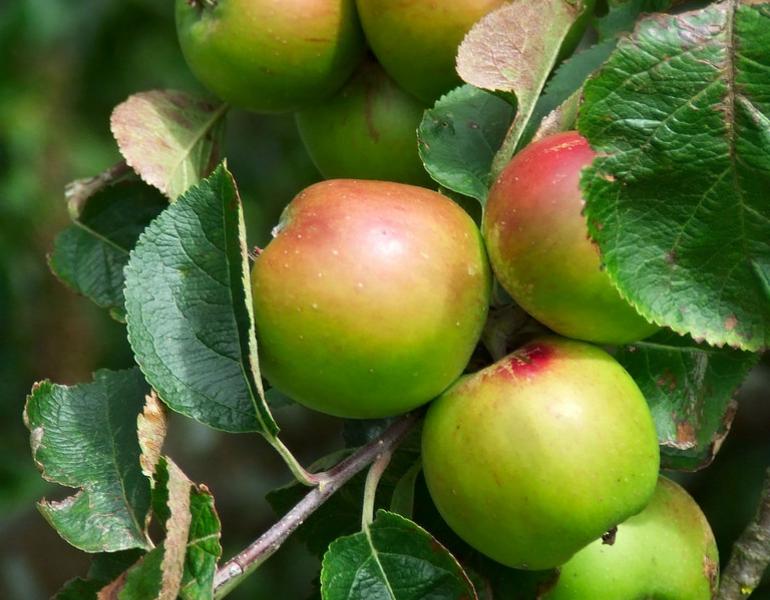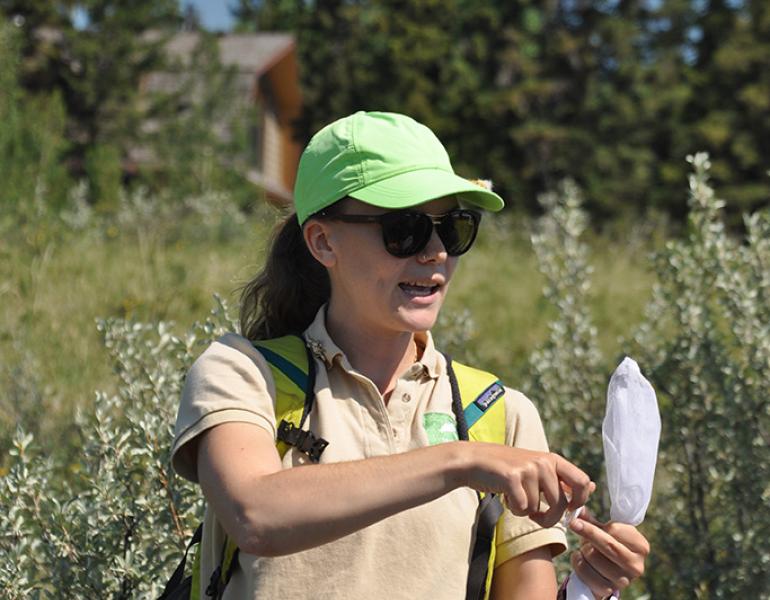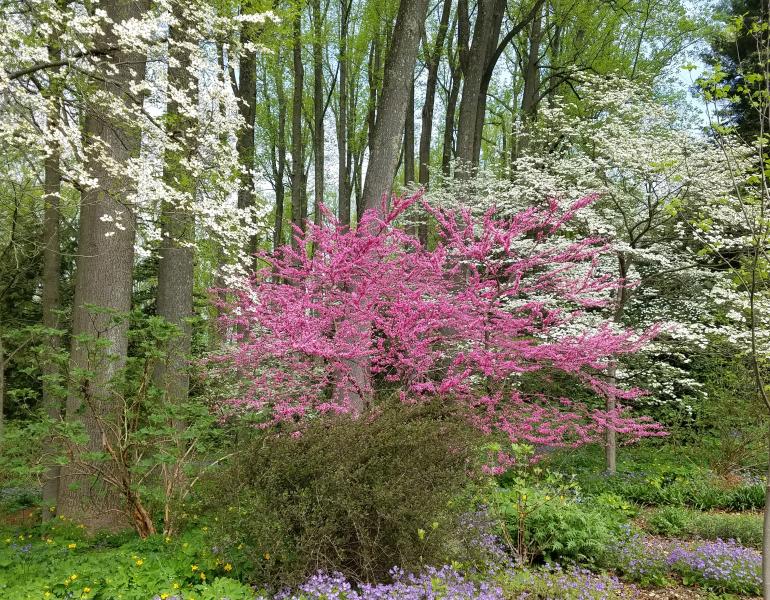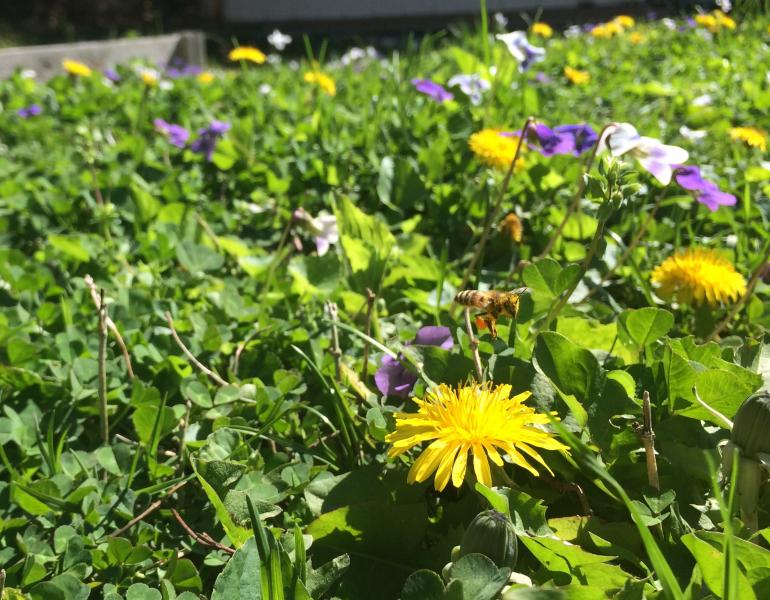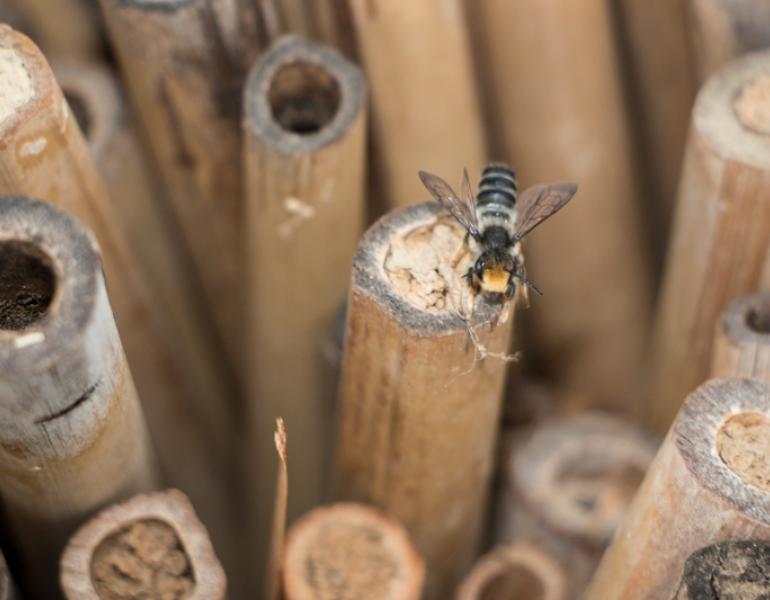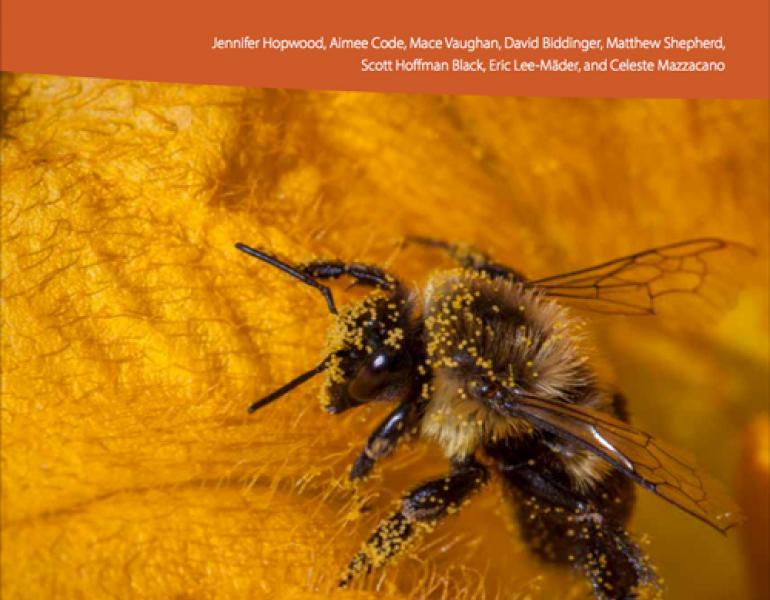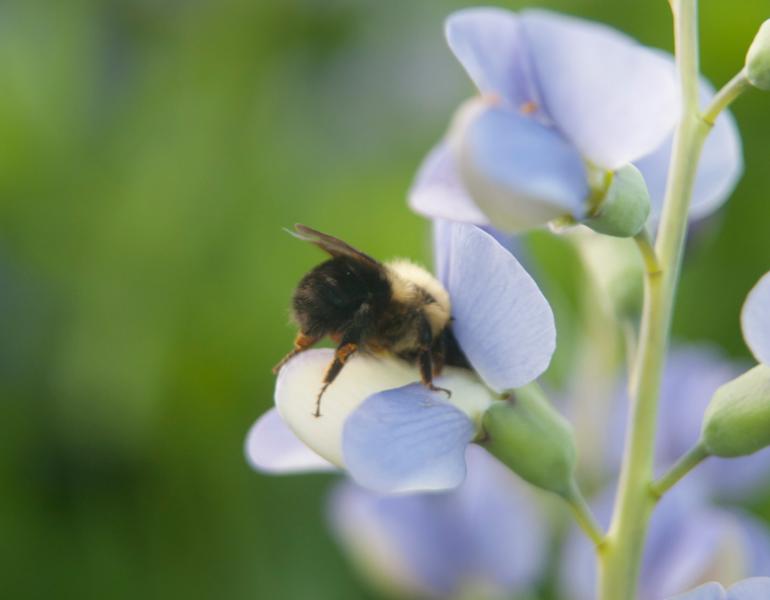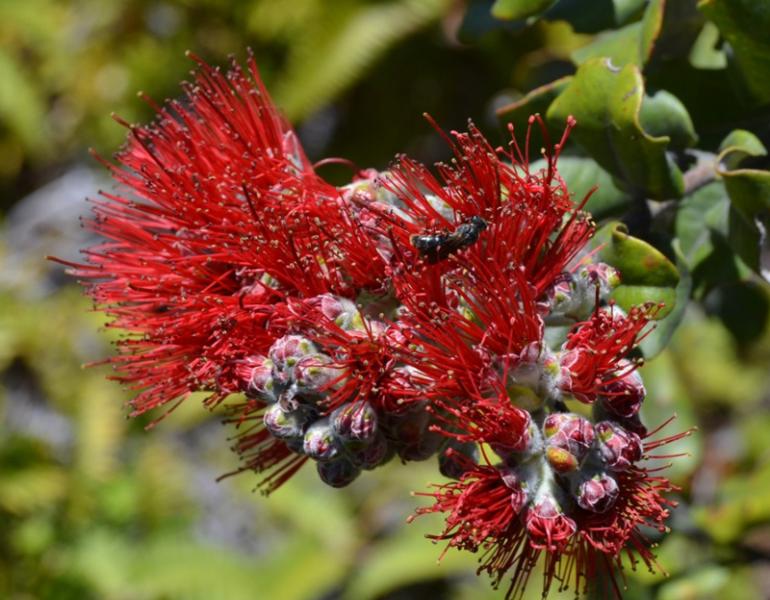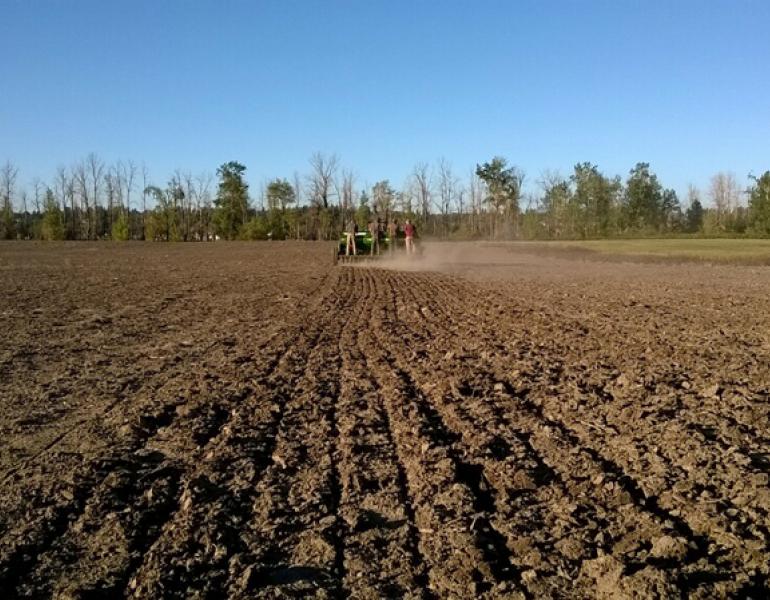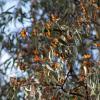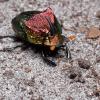Even a humble puddle can make a big impact for your backyard wildlife. Learn how to make one that fits your space.
Bees
Want to Save the Bees? Focus on Habitat, Not Honey Bees
Keeping honey bee hives will not help the 3,600 bee species native to North America. In fact, it might do the opposite. The best solution to bee declines is to address underlying causes like habitat loss and pesticide use. Native flower gardens can support all bees.
Announcing the State of the Bees Initiative: Our Plan To Study Every Wild Bee Species in the U.S.
The Xerces Society is protecting wild bees by completing an extinction risk assessment for each and every species in the country!
Clear Space for Bees: Why Pollinators in Your Yard Need Access To Bare Ground
Open patches of soil and sand, with few or no plants, are a key nesting habitat for the majority of native bees, and easy for us to provide.
Tiny Places for Tiny Animals: Building the Microhabitats that Bugs Need to Thrive
It’s easy to add small features, like a brush pile, dead stems, or a leafy corner that can make a big difference for wildlife! Here's how.
Southern Plains Bumble Bee is One Step Closer to Federal Protection
The U.S. Fish and Wildlife Service has confirmed that the Southern Plains bumble bee is being considered for federal protection.
Why Do Some Bees Dig?
Many bee species know their way around dirt and under ground. There are several distinct reasons why they excavate the earth.
Creating Wildflower Meadows from Scratch or by Simply Changing Mowing Regimes
When someone asks for help to increase pollinators in their landscape, many times the initial request is to start a pollinator meadow from seed. We love successful wildflower meadows started from scratch—but they can take several years of work. In the right place, just reducing mowing can result in improved conditions for pollinators.
The Value of Conservation Planning
Land owners and managers across the state of California have taken up the call to get more habitat in the ground for monarchs. But there’s one important process that comes into play prior to on-the-ground restoration: before we can plant, we plan.
Helping Bees by Growing a Better Food System
Consumer demand ultimately pulls along our entire food supply. Demand for a particular product will trickle all the way back to the farms where it comes from. Bee Better Certified allows consumers to change the food system to help bees through the power of their wallets.
Pollinator Conservation Program Digest – June 2021
In this month's update from our pollinator conservation team, Kelly Gill reports on the successful distribution of habitat kits across a nine-state region of the Mid-Atlantic and Northeast, and Sarah Foltz Jordan describes a multi-farm project to expand pollinator habitat in Wisconsin.
Wetlands as Pollinator Habitat
A bee that collects floral oils rather than nectar? Yes! The nude yellow loosestrife bee relies on a single species of wetland plant, fringed loosestrife, to supply its nest, demonstrating the importance of protecting, restoring, and managing wetland habitats.
Pollinator Conservation Program Digest – March 2021
In our March 2021 Pollinator Team Digest, Alina Harris describes a community-based habitat project in New Hampshire to help monarch butterflies and other pollinators and Kaitlyn Haase shows the varied audiences and range of topics covered in recent webinars in the Southwest.
To Protect Pollinators, Talk to Your Nursery
Creating a welcoming home for local pollinators in your backyard or city park is reason enough to choose plants free from harmful pesticide residues. But how do you figure out if the plant you want is free of pesticides that can harm pollinators?
Xerces Turns Fifty: A Half Century of Ground-Breaking Conservation
This is a landmark year for the Xerces Society: 2021 is our 50th anniversary! The Xerces Society was founded in 1971 by Robert Michael Pyle and has grown from a volunteer-run group to an internationally respected organization and a trusted source of science-based information and advice.
Bees of the Eastern Forests
Bees are generally thought of as creatures of open habitats, frequenting places with sunlight and plenty of flowers. But, given how much of the Eastern US was once blanketed in forests, shouldn’t there be some bee species that specialize on forest habitat? Research in New Jersey has shown that, indeed, many bees are forest associated, and that they are unlikely to persist in places where forests have been cleared.
Bee Better Certified: Protecting Bees and Providing a Level Playing Field for Farmers and the Companies that Support Them
Four years ago, we began to hear the same question from a number of food companies that wanted to do more for pollinators: Could Xerces develop a certification program to verify pollinator conservation practices on farms and provide a transparent way for consumers to recognize and differentiate food products produced in ways that are better for bees? The answer was Bee Better Certified.
Celebrating a Year of Enacting Positive Change: Bee City USA & Bee Campus USA
National Pollinator Week offers an opportunity to celebrate the importance of bees, butterflies, moths, flies, beetles, and the many other pollinators. It is also a time to celebrate the individuals and organizations that make up the affiliates of Bee City USA and Bee Campus USA for the amazing work they did during the last year to conserve our essential, and increasingly declining pollinators.
New Xerces Fact Sheet Takes a Deeper Look at Fungicides and Their Effects on Pollinators
Introducing Protecting Pollinators from Pesticides: Fungicide Impacts on Pollinators.
Remember the Ground Nesting Bees when You Make Your Patch of Land Pollinator-Friendly
Providing nesting sites and reducing or eliminating pesticide use is key to supporting these important pollinators.
Honoring Robbin Thorp, a Legendary Figure in North American Bee Conservation
Robbin Thorp, Professor Emeritus at University of California–Davis, has made lasting contributions to the bee conservation community in ways that might never be measured, but will certainly be felt.
A Quest for Bumble Bee Nests: The Missing Link
Researchers at York University are recruiting members from across North America for a very important mission. Your assignment, should you choose to accept it: find and submit sightings of bumble bee nests.
Cedaroak Park Primary School Gardens Offer Learning Opportunities
Jenni Denekas, Xerces' web and communications coordinator, writes, "Being assigned to create an interpretive panel for Cedaroak Park Primary School, where I attended grade school, was a special experience."
Fall Garden Tips to Benefit Bumble Bees All Year
The growing season may be winding down, but fall is an important time to create habitat. The work you do now will help support overwintering pollinators and the next generation of bumble bees.
The Xerces Society Seeks Endangered Species Protections for California Bumble Bees
Protecting these species is not only the right thing to do; it will also help to maintain the healthy ecosystems that make California such a remarkable and productive state.
Celebrate Invertebrates During National Apple Month
No matter how you obtain your apples—whether you pick them yourself, grab them at the grocery store, or go bobbing for them—it is important to take a moment to remember the pollinators and beneficial insects that make this delicious harvest possible.
Can Robobees Solve the Pollination Crisis?
Focusing solely on crop pollination and failing to take the pollination of native plants into account may well lead to a deterioration in the plant communities that make up the very fabric of our environment.
Kicking Off Canadian Bumble Bee Watch Training Events!
During this year's Pollinator Week (June 18 to 24) multiple locations in Ontario and Alberta were buzzing with activity, including an assortment of Bumble Bee Watch community-science training events led by Wildlife Preservation Canada.
Bumble Bee Die-Off Under Investigation in Virginia
Bee kill incidents have marred Pollinator Week—which should be a week of celebration. Will other states learn from Oregon to prevent future incidents and protect pollinators?
Xerces Society + Bee City USA = A Match Made in Pollinator Heaven
Bee City USA brings a unique approach that encourages cities and college campuses across the United States to develop and implement a plan for helping pollinators.
From the Field: Trees for Bees
Our Mid-Atlantic Pollinator Conservation Specialist Kelly Gill visited the Mt. Cuba Center in Hockessin, DE, to tour the gardens and give a talk on the best trees for bees. Kelly shares highlights of this visit and her top picks for spring-blooming trees for bees.
Bee Friendlier with Your Lawncare
If you’re ready to re-think your lawn, read on for practical advice and small changes that can help support pollinators and a healthier planet.
5 Ways to Increase Nesting Habitat for Native Bees
Recent research suggests that pollinators do better in urban environments, yet these mowed, mulched, and managed landscapes frequently lack a sufficient amount of nesting habitat needed to support large numbers of bees. As wild bees move off ag lands and head for the cities and suburbs, they may struggle to find their “dream home” amongst ours.
Rusty Patched Bumble Bee: The First Bee in the Continental U.S. to be Protected Under the Endangered Species Act
This news comes after more than a decade of work by the Xerces Society and our partners: Scientists, farmers and land managers, filmmakers, advocates, and community members who all care about native bees and their plight.
New Report: How Neonicotinoids Can Kill Bees
To bring clarity to the debate and to inform discussion, the Xerces Society has published How Neonicotinoids Can Kill Bees. Summarizing hundreds of studies, the new report provides an in-depth look at the science behind the role these insecticides play in harming bees.
Bumble Bees and Baptisia: A Pollination Story
When it comes to bees and flowers, the relationship is sometimes as precise as lock and key.
Hawai‘ian Yellow-Faced Bees: The First U.S. Bees Proposed for ESA Protection
Meet the first bees to be proposed for Endangered Species Act protection
Xerces Goes Island Hopping for Bees
A barge, a tractor, hundreds of pounds of seed, and half a dozen tough farmers are the recipe for restoring a 50-acre wildflower meadow in the middle of the Columbia River.
Wildflowers, Harbingers of Spring
Spring wildflowers are an important first food of the season for pollinators. Jennifer Hopwood discusses the importance of these harbingers of spring.


